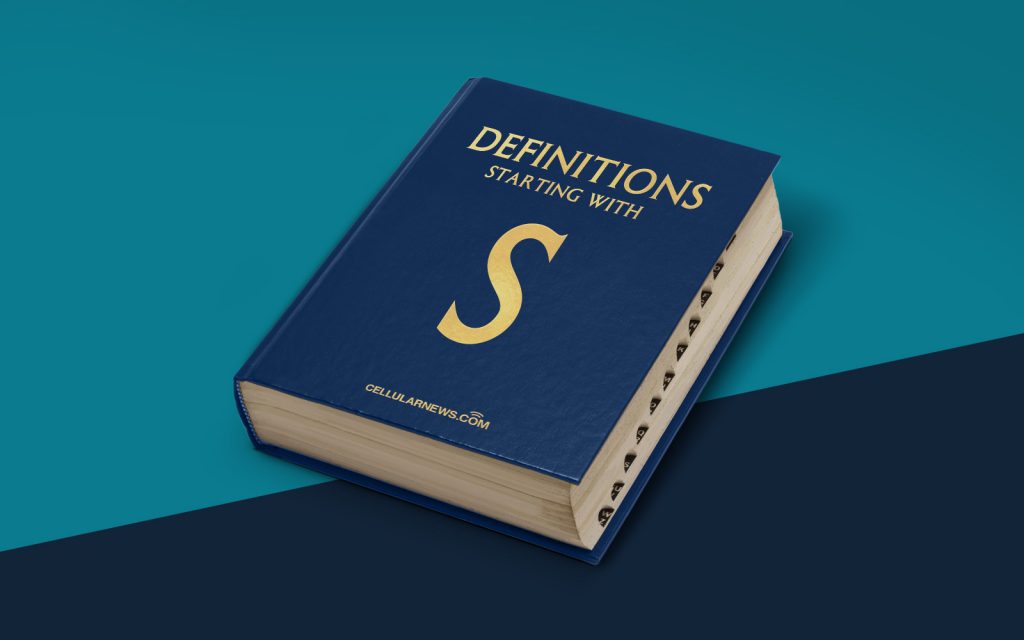
What is Skeuomorphism? A Comprehensive Explanation
Welcome to our “Definitions” category, where we delve into various terms that you may come across in different fields. Today, we are going to unravel the concept of skeuomorphism. So, what exactly is skeuomorphism? Is it some kind of rare disease or a complex mathematical equation? Fear not, we are here to demystify it for you. In simple terms, skeuomorphism refers to a design technique that imitates familiar physical objects or materials in a digital or virtual environment. It incorporates visual elements that resemble the characteristics of those objects, creating a sense of familiarity and ease of use.
Key Takeaways:
- Skeuomorphism imitates physical objects or materials in a digital or virtual context.
- It enhances user experience by leveraging familiar visual elements.
Now that we have a basic understanding of skeuomorphism, let’s explore its origins and how it has evolved over time. The concept originated in the field of design, particularly in user interfaces, where designers aimed to bridge the gap between the physical and digital worlds. Skeuomorphism became popular in the early days of digital design, when technology was still catching up with people’s familiarity with physical objects.
Imagine using a smartphone with an interface that resembles a traditional rotary dial phone or a notepad app that looks like a leather-bound notebook. These are examples of skeuomorphic design elements that imitate real-world objects to make the digital experience more intuitive and relatable. By incorporating familiar visual cues, skeuomorphism helps users navigate digital interfaces with ease, leveraging their prior knowledge of the physical world.
The Evolution of Skeuomorphism:
- Skeuomorphism reached its zenith in the early 2000s when Apple introduced its iOS platform, featuring a polished wooden bookshelf that housed various app icons representing real-world objects or functions.
- However, as technology advanced and people became more accustomed to the digital world, the trend started shifting towards minimalistic and flat design.
Modern design trends favor simplicity, emphasizing clean lines, minimal ornamentation, and a focus on functionality. As a result, skeuomorphism took a step back, making way for more minimalistic design philosophies like flat design, material design, and neumorphism.
While skeuomorphism is not as prominent as it once was, it still has its place in certain design contexts. For example, in gaming, skeuomorphic elements can be used to create a nostalgic feel, invoking emotions associated with traditional video games.
In conclusion, skeuomorphism is a design technique that imitates physical objects or materials in a digital or virtual environment. It leverages familiar visual cues to create a sense of familiarity and enhance user experience. Although it has evolved over time, the concept of skeuomorphism still finds its way into various design contexts, making our digital experiences more intuitive and relatable.
We hope this article has shed light on what skeuomorphism is and how it has impacted the world of design. As always, feel free to explore our other definitions to expand your knowledge on various topics.
